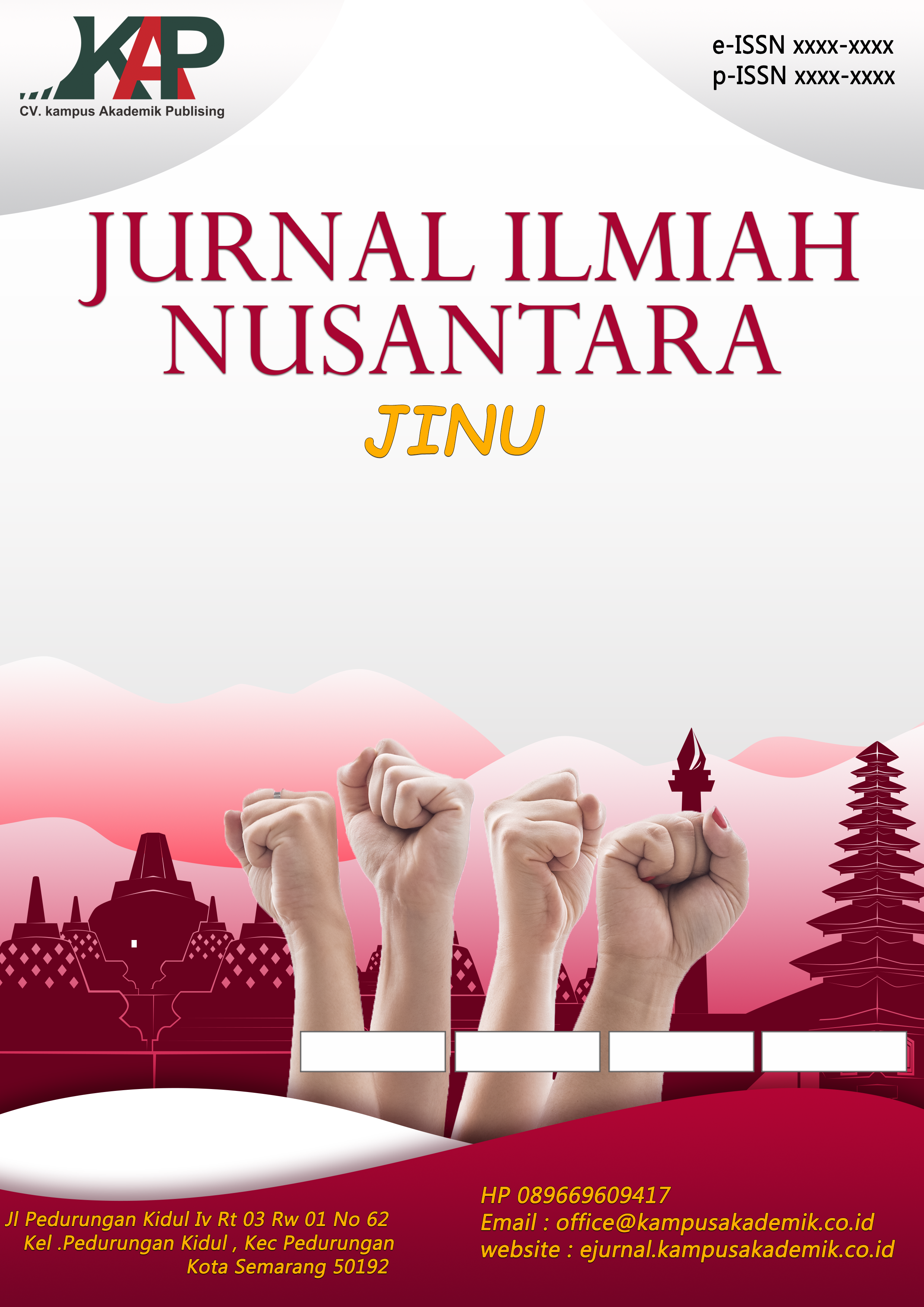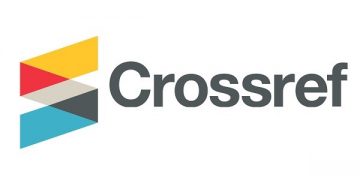LAPORAN PRAKTIKUM EKOSISTEM
DOI:
https://doi.org/10.61722/jinu.v2i5.6039Keywords:
Digital storytelling, literacy, vocabulary, Indonesian, elementary school studentsAbstract
This practicum aims to identify biotic and abiotic components in an ecosystem , observe the relationships between ecosystem components , and develop skills in creating a simple model of a closed ecosystem. The experiment was conducted by creating a mini ecosystem in a bottle (simple terrarium) using a clear plastic bottle/jar, soil, gravel, moss/small leaves/wild grass, and water. Observations showed that the terrarium ecosystem can function independently with an automatic water cycle occurring through evaporation and condensation. The balance between biotic components (plants as producers) and abiotic components (soil, water, light) is crucial for the system's sustainability. This practicum provides a concrete understanding of interdependency within ecosystems and the importance of maintaining environmental balance.
References
Begon, M., Harper, J. L., & Townsend, C. R. (2006). Ecology: From Individuals to Ecosystems (4th ed.). Blackwell Publishing. (Buku ini membahas berbagai tipe ekosistem, termasuk darat, dengan detail mengenai interaksi, siklus, dan dinamika populasi).
Odum, E. P., & Barrett, G. W. (2005). Fundamentals of Ecology (5th ed.). Brooks Cole. (Klasik dalam ekologi yang menjelaskan prinsip-prinsip dasar ekosistem, termasuk komponen dan fungsi ekosistem darat).
Ricklefs, R. E. (2008). The Economy of Nature (6th ed.). W. H. Freeman and Company. (Menyajikan ekologi dari perspektif evolusi dan ekonomi, dengan banyak contoh dari ekosistem darat).
Smith, R. L., & Smith, T. M. (2015). Elements of Ecology (9th ed.). Pearson. (Mencakup berbagai topik ekologi, termasuk struktur dan fungsi ekosistem darat, bioma, dan suksesi ekologi).
Downloads
Published
Issue
Section
License
Copyright (c) 2025 JURNAL ILMIAH NUSANTARA

This work is licensed under a Creative Commons Attribution-ShareAlike 4.0 International License.













